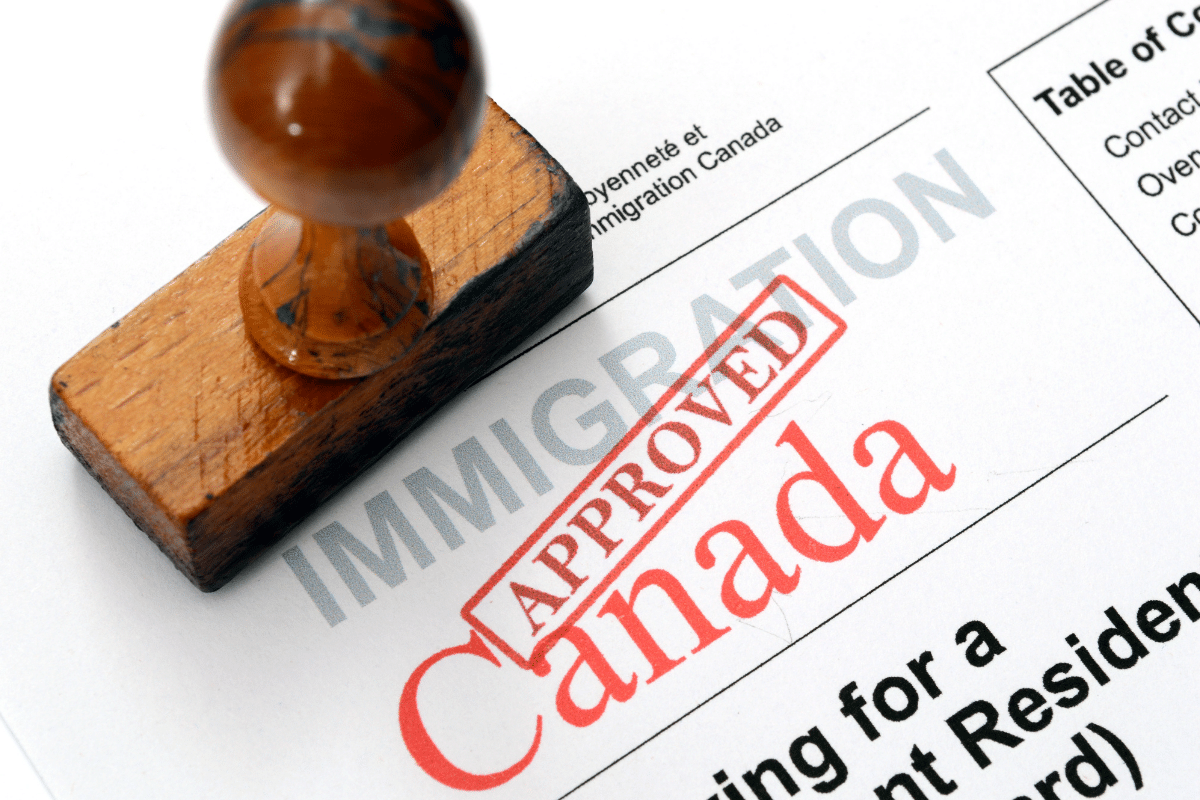Japan is famous for its technology, culture, and discipline. But behind the neon lights of Tokyo and the bullet trains lies a pressing issue: a shrinking workforce. With one of the world’s oldest populations and declining birth rates, Japan is facing severe labor shortages across multiple sectors.
To fill the gap, the government has expanded opportunities for foreign workers. Between 2025 and 2026, thousands of jobs will open in industries like healthcare, IT, construction, agriculture, and hospitality. Salaries for these roles range from ¥2.5 million to ¥6 million per year (roughly USD $17,000–$40,000), depending on your skills, experience, and industry.
Japan has also introduced new visa pathways, particularly the Specified Skilled Worker (SSW) visa, making it easier for foreigners to secure work and long-term opportunities.
This guide breaks down the top employment sectors, salaries, visa options, application steps, and what it’s like to live and work in Japan as a foreigner in 2025–2026.
Why Japan Needs Foreign Workers
Several key factors explain Japan’s urgent demand for international employees:
-
Aging population: More than 29% of Japan’s population is over 65.
-
Low birth rate: Japan’s population has been declining since 2010.
-
Labor shortages: By 2030, Japan could face a shortage of over 11 million workers.
-
Economic growth: Sectors like IT, robotics, and healthcare are expanding faster than the local workforce can support.
For foreign workers, this is a huge opportunity.
Sectors with High Employment Opportunities (2025–2026)
1. Healthcare & Elderly Care
-
Japan’s aging society has created massive demand for caregivers and nurses.
-
Jobs: elderly caregivers, nursing assistants, home support workers.
-
Salary: ¥2.5M–¥3.5M per year (USD $17,000–$24,000).
-
Benefits: Many employers provide housing and language support.
2. IT & Technology
-
Japan’s tech sector is booming, with global demand for AI, cybersecurity, and software development.
-
Jobs: software engineers, data analysts, AI researchers, cybersecurity specialists.
-
Salary: ¥4M–¥6M per year (USD $27,000–$40,000).
-
Benefits: Higher pay, English-friendly workplaces in Tokyo and Osaka.
3. Construction & Infrastructure
-
Major projects (railways, housing, renewable energy) drive demand for foreign workers.
-
Jobs: welders, carpenters, machine operators, civil engineers.
-
Salary: ¥3M–¥4.5M per year (USD $20,000–$30,000).
-
Benefits: Overtime pay, job security, and training provided.
4. Agriculture & Food Processing
-
Seasonal and permanent jobs in farming, fruit picking, livestock, and food factories.
-
Jobs: greenhouse workers, meat processing staff, farm assistants.
-
Salary: ¥2.5M–¥3.2M per year.
-
Benefits: Housing often included, rural lifestyle, no degree required.
5. Hospitality & Tourism
-
With Japan reopening fully after the pandemic, tourism jobs are back in demand.
-
Jobs: hotel staff, restaurant servers, chefs, interpreters, tour guides.
-
Salary: ¥2.8M–¥4M per year.
-
Benefits: Language practice, customer-facing roles, exposure to Japanese culture.
Salary Breakdown by Industry
| Industry | Average Annual Salary (JPY) | Average Annual Salary (USD) | Notes |
|---|---|---|---|
| Healthcare (Caregivers) | ¥2.5M – ¥3.5M | $17k – $24k | High demand, lower entry barrier |
| IT & Technology | ¥4M – ¥6M | $27k – $40k | Best-paying jobs for foreigners |
| Construction | ¥3M – ¥4.5M | $20k – $30k | Skilled trades in shortage |
| Agriculture | ¥2.5M – ¥3.2M | $17k – $22k | Seasonal + permanent roles |
| Hospitality & Tourism | ¥2.8M – ¥4M | $19k – $27k | Language skills helpful |
IT and healthcare offer the best long-term career and salary growth, while agriculture and hospitality are easier entry points.
New Visa Pathways for Foreign Workers
Japan has reformed its visa system to make hiring foreigners easier.
1. Specified Skilled Worker (SSW) Visa
-
Introduced in 2019, expanded in 2025.
-
Divided into two types:
-
SSW Type 1: Allows work in 12 industries (caregiving, agriculture, construction, etc.). Valid 5 years, renewable.
-
SSW Type 2: For higher-skilled workers (construction, shipbuilding). Allows permanent residency and family sponsorship.
-
2. Engineer/Specialist in Humanities/International Services Visa
-
For IT professionals, engineers, and business specialists.
-
Requires a degree or relevant experience.
-
Leads to long-term residency.
3. Technical Intern Training Program (TITP)
-
Entry-level jobs in agriculture, construction, food processing.
-
Often a pathway to SSW visa.
4. Student-to-Work Route
-
Many foreigners enter as students, then switch to work visas.
-
Advantage: Learn Japanese and adapt culturally.
Step-by-Step Application Guide
Step 1: Choose a Job Sector
-
Healthcare, IT, trades, agriculture, or hospitality.
-
Check if your job is listed under SSW visa categories.
Step 2: Meet Basic Requirements
-
Age: 18–45 (flexible depending on job).
-
Language: Basic Japanese (JLPT N4 or N5 for SSW Type 1; higher for others).
-
Health: Medical exam required.
-
Skills: Some industries require exams/tests.
Step 3: Secure a Job Offer
-
Use platforms like GaijinPot Jobs, Jobs in Japan, Work Japan, or government job portals.
-
Many employers sponsor visas directly.
Step 4: Apply for Certificate of Eligibility (CoE)
-
Employer submits application to Immigration Bureau.
-
Processing: 1–3 months.
Step 5: Apply for Visa at Japanese Embassy
-
Submit CoE, passport, job contract, and documents.
-
Processing: 2–8 weeks.
Step 6: Travel to Japan & Start Work
-
Register with local city hall after arrival.
-
Enroll in National Health Insurance and pension system.
Step 7: Path to Permanent Residency
-
SSW Type 2 and long-term professional visas can lead to permanent residency after 10 years (shorter for spouses of Japanese nationals).
Benefits of Working in Japan
-
Job security: High demand across multiple sectors.
-
Stable income: ¥2.5M–¥6M annually depending on role.
-
Path to PR: New SSW Type 2 visa allows permanent settlement.
-
Cultural experience: Learn Japanese language and traditions.
-
Family options: Higher-skilled visas allow spouse/children sponsorship.
Challenges for Foreign Workers
-
Language barrier: Many jobs require at least basic Japanese.
-
Work culture: Long hours and strict hierarchies can be challenging.
-
Cost of living: Tokyo and Osaka are expensive compared to rural areas.
-
Permanent residency timeline: Usually requires 10 years (shorter only under certain visas).
Quick Comparison: Visa Pathways
| Visa Type | Industries | Duration | PR Pathway | Family Allowed? |
|---|---|---|---|---|
| SSW Type 1 | Caregiving, agriculture, hospitality, etc. | 5 years | No | No |
| SSW Type 2 | Construction, shipbuilding | Unlimited | Yes | Yes |
| Engineer/Specialist | IT, engineering, business | 1–5 years (renewable) | Yes | Yes |
| Technical Intern | Entry-level in trades, farming | 1–5 years | Transition to SSW | No |
Conclusion
In 2025–2026, Japan is one of the most promising destinations for foreign workers. With salaries ranging from ¥2.5M to ¥6M per year, job openings across healthcare, IT, construction, agriculture, and tourism, and new visa options like the Specified Skilled Worker (SSW), Japan has become more welcoming to international talent than ever before.
For those willing to embrace Japanese culture, learn the language, and work in essential industries, the rewards are significant: stable jobs, career growth, and the possibility of long-term settlement.
Japan’s message to foreign workers is clear: we need you — and we’re ready to make it easier for you to build a future here.


